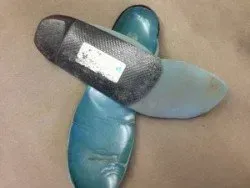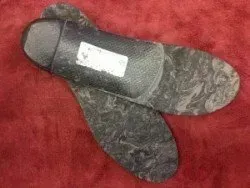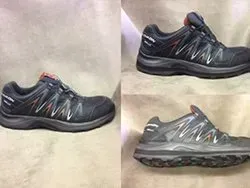USING ORTHOTICS TO TAKE CARE OF YOUR FEET
Typically, foot specialists categorize orthotics into two main groups: functional orthotics and accommodative orthotics. However, there is a variety of orthotics available. Functional orthotics are crafted to provide support for irregular foot biomechanics, often constructed from materials like plastic polymers to combat foot pronation and aid in shock absorption during movement. These orthotics aim to correct diverse foot deformities while bolstering the rear and mid-foot sections. Additionally, some orthotics blend both functional and accommodative properties.
Varieties of accommodative orthotics encompass braces, splints, casts, gait plates, and night bars. Universally applicable, these orthotics target alleviating minor foot pain and rectifying slight foot issues.
Moreover, orthotics vary in their composition. Rigid orthotic devices are typically composed of plastic or carbon fiber, commonly utilized to regulate joint motion in the foot. Conversely, soft orthotic devices are crafted from pliable, compressible materials like silicone or foam, proving effective for individuals with arthritis or foot deformities leading to a loss of protective fatty tissue on the foot's side. Semi-rigid orthotic devices merge soft, compressible materials with sturdier reinforcements, suiting athletes best. Other materials utilized in orthotics fabrication include rubber, metal, leather, and plastics.




